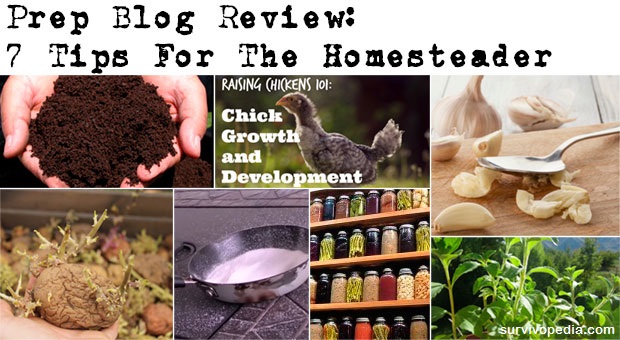Food plays an important role in our lives and that’s why it takes so much of our prepping space. So it’s always useful not only to know how to grow it yourself, or to store it properly, but also to be able to transform it into multi-purpose items when need arises.
This week we’ve stumbled over some articles that will show you how to do just that. Let us know what else would you like to read about food in the comments section below. Also make sure to vote your favorite stories from our “My Prepper Story” contest, there’s only one day left!
1. 5 Organic Non Manure Fertilizer Options
“Gardening is messy and sometimes stinky work. Awhile back, I posted an article about the Unglamorous Side of Homesteading and smell is definitely one of them. Using manure in the garden or dealing with manure from your livestock is a necessary evil for most homesteaders.
Not everyone who gardens wants to use composted manure but neither do they want to use chemicals from some big agra company. I was asked a couple month ago about non manure options that were still organic and natural to fertilize with.”
Read more on Homestead Dreamer.
2. 21 Reasons Why I Store Garlic And You Should Too
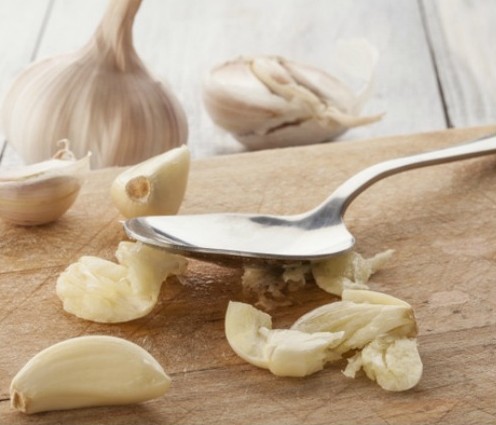 “Do you love garlic as much as I do? I decided to write down the 21 reasons why I store garlic. I’m sure there are more reasons, but I will start with this number today.
“Do you love garlic as much as I do? I decided to write down the 21 reasons why I store garlic. I’m sure there are more reasons, but I will start with this number today.
If you have some more ideas, please tell me and I will add them to my list. One of my favorite ways to use garlic is when my son-in-law, Nate chops it really fine then spreads it with olive oil on pita or French bread and bakes it. He puts a lot on the bread…..oh my goodness it is fabulous! Can’t you just smell the garlic?”
Read more on Food Storage Moms.
3. How to Grow a Stevia Plant
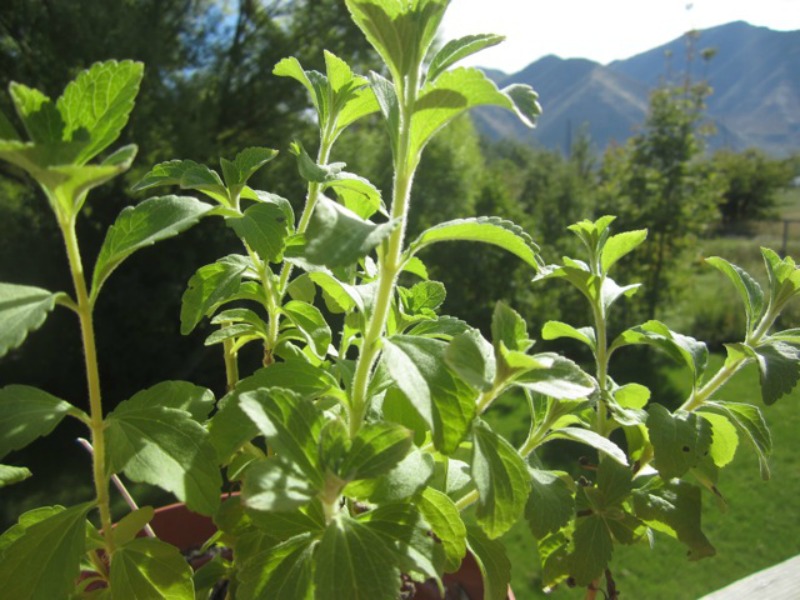 “Here’s a great low-glycemic, zero-calorie, healthy sugar replacement that you can grow yourself!
“Here’s a great low-glycemic, zero-calorie, healthy sugar replacement that you can grow yourself!
Sweetleaf (Stevia Rebaudiana) is a native of South America and has been used for 1,500 years to sweeten food, tea, and medicines.
Step 1- Buy a Stevia plant
Nursery grown stevia plants are sold for their especially sweet leaves. I bought mine from a nursery online and it was only 4″ tall when it arrived. You can take cuttings to create more stevia plants.”
Read more on Mike’s Backyard Nursery.
4. 7 Salt Life Hacks You Should Know
Video first seen on Household Hacker
5. Seed Potatoes and How To Plant Potatoes In A Raised Bed
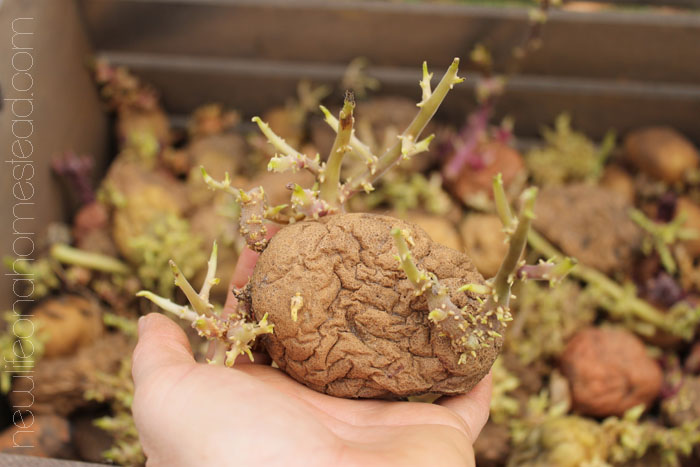 “What’s A Seed Potato?
“What’s A Seed Potato?
The first time I ever heard someone talking about planting potatoes from seed, I wondered to myself, “Where are the seeds in potatoes? I’ve never seen seeds.” I was completely serious. I can laugh at myself now, knowing what I know, but for those who are starting out where I started out (completely naive), let me fill you in.
This, my friends, is a “seed potato”– otherwise known as an old, sprouting potato spud. Once planted, those sprouts will grow into beautiful green plants, and the developing roots will form brand new potato tubers in the ground below.”
Read more on New Life on a Homestead.
6. 3 Food Preservation Techniques For Long Term Storage
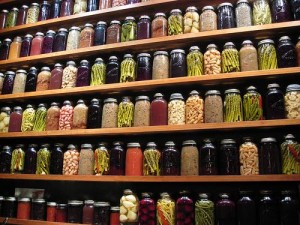 “When it comes to storing food for a longer period of time, you must be aware of the best preservation methods, which will ensure you do not die of hunger and with a pantry full of spoiled food.
“When it comes to storing food for a longer period of time, you must be aware of the best preservation methods, which will ensure you do not die of hunger and with a pantry full of spoiled food.
Overview
Let’s face it: none of us disposes of the money needed to buy large amounts of already preserved food. That is why we all need to obtain not only edible, but delicious food as well, by preserving fresh aliments.”
Read more My Family Survival Plan.
7. Raising Chickens 101: Chick Growth and Development
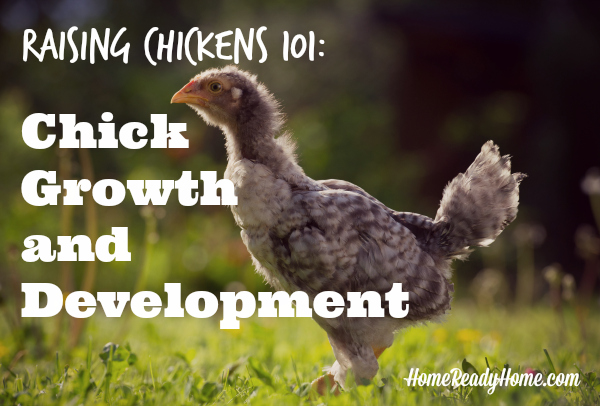 “Hi! Janet of Timber Creek Farm, here. Welcome back to my series for Home Ready Home on raising chickens.
“Hi! Janet of Timber Creek Farm, here. Welcome back to my series for Home Ready Home on raising chickens.
In my last post, we talked about how to purchase chicks and what to look for when ordering or choosing chicks at the feed store. If you decided to go ahead and start your chick raising, I’m sure you’ve noticed a huge rate of growth since you first brought the chicks home.
Today, let’s talk about the growth and development of the chicks. Not many days after the chicks have hatched, you will notice feathers already developing on the tiny wings. ”
Read more on Home Ready Home.
If you found these articles useful CLICK HERE to learn more on becoming self-sufficient.
This article has been written by Brenda E Walsh for Survivopedia.
[Total: 0 Average: 0/5]
9 total views, 5 views today
Source:: Survivopedia

